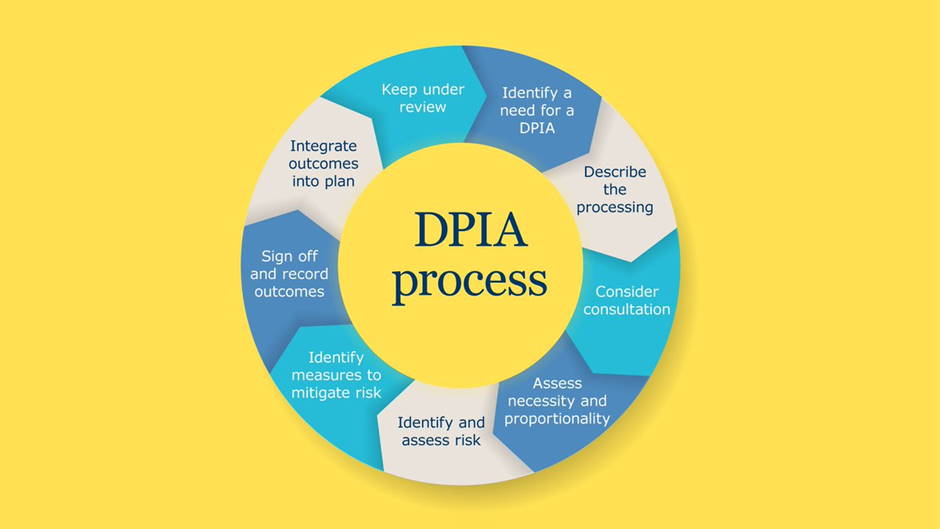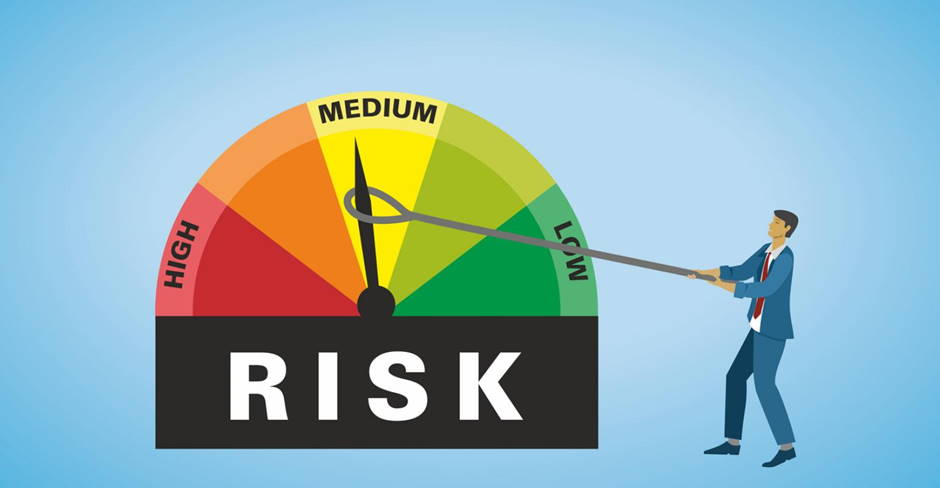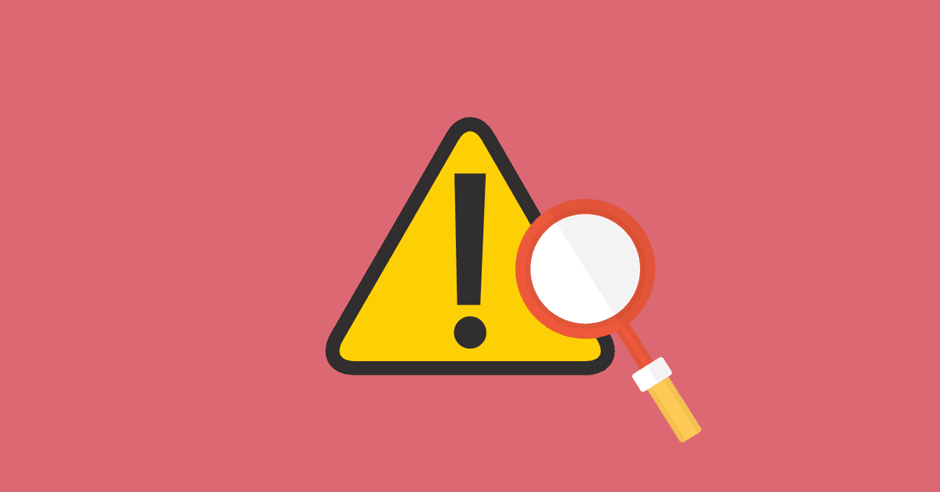Unregulated, unchecked and inappropriate data processing activities in organizations can pose to be a risk to the security of individuals, their privacy and even their physical safety in some cases.
To illustrate this further, activities like data collection, storage, analysis, and distribution can be subject to risks like data leakage, unauthorized access, and cyber attacks.
That’s when DPIA or data protection impact assessment comes into the picture.
As per ICO, DPIA is a process designed to help you systematically analyse, identify and minimise the data protection risks of a project or plan.
As per European Commission, “a DPIA is required whenever the processing is likely to result in a high risk to the rights and freedoms of individuals. A DPIA has required at least in the following cases:
- a systematic and extensive evaluation of the personal aspects of an individual, including profiling;
- processing of sensitive data on a large scale;
- systematic monitoring of public areas on a large scale.”
DPIAs are even more important when a company is planning to launch a new product or service that involves a high level of data processing.
Companies need to assess the risks posed by their data processing activities, and put in place measures to contain those risks. Failure to carry out a DPIA and mitigate risks can lead to heavy fines under GDPR.
In addition, DPIAs can help companies avoid reputational damage that can result from data breaches. And of course — DPIAs can help organizations foster a culture of privacy and data protection, and instil confidence in individuals that their data is being processed in a safe and transparent manner.
Mitigate risk with risk management software
Risk is not something organizations can ignore. Nor is it something that can be directly eliminated. It is important for organizations to have a systematic and proactive approach to managing these risks.
Risk management is the process of identifying, analyzing and responding to risks. It’s a continuous process that needs to be incorporated organization-wide. Organizations can use risk management software to
- Track risk: To identify and quantify risks, organizations need to track metrics, events and conditions over time. This data can be gathered manually or through automation. Organizations need to analyze data to understand the root cause of risks and their relationships to other risks. This can be done through data visualization, statistical analysis, and machine learning.
- Evaluate risk: It is crucial to understand how risk will affect business processes, people, and systems. Organizations need to evaluate risks to prioritize which risks need to be addressed first.
- Prioritize risk: To understand what risks are worth taking from a risk-reward point of view. This can help in better decision-making. Prioritizing the ‘right’ risks is not a simple task and requires a thoughtful approach, but good risk management software can offer insights.
- Prevent risk: Risks that have been assessed as medium and high
risks can be mitigated by implementing preventive controls. For example, if a company has identified that one of its processes is susceptible to errors, it can put in place controls to prevent errors from happening.
How to conduct a DPIA

In this section we give an overview of the steps involved to conduct a DPIA;
Step 1: Understand why you need DPIA.
Organizations need to carry out a DPIA each time they decide to undertake data processing activities that have the potential to lead to a high risk to the rights and freedoms of individuals.
The organization should assess whether the data processing is necessary and proportional in light of the risks identified. This can be done by
-weighing the benefits of the data processing against the risks identified;
- assessing alternative solutions;
- and seeking independent expert advice where necessary.
Step 2: Outline the processes.
The organization should describe the data processing operations in a comprehensive manner, including the purposes of the processing, the categories of data being processed, the recipients of the data, and the foreseen storage period.
Step 3: Evaluate the risks and consult the right people.
The organization should evaluate the risks to the rights and freedoms of individuals posed by data processing. It should consult with data protection authorities, data experts, supervisory authorities, and other relevant stakeholders.
Step 4: Plan for risk mitigation.
The organization should plan for how it will mitigate risks identified in DPIA.
Certain examples involve anonymizing or pseudonymizing data, encrypting data, restricting access to data, and regular monitoring of data processing operations.
Step 5: Review, update and document the DPIA.
Frequent DPIA reviews and updates are critical for data-intensive organizations as data processing activities, and the technological landscape evolves rapidly. The organization should document the results of the DPIA, including a description of the processing operations, the risks identified and the mitigation measures planned. Tips to document DPIA are to be clear and concise, use visuals, and get input from all relevant stakeholders.
Step 6: Mitigation measures.
The organization should put in place mitigation measures to address the risks identified in the DPIA. Mitigation measures include technical measures, such as encryption and access control, and organizational measures, such as policies and procedures
Step 7: Sign off and record outcomes.
Finally, the organization should sign off on the DPIA and record the outcomes.
Why is DPIA important for businesses?
In this section, we talk about the benefits of DPIA.
Helps businesses stay compliant
As mentioned earlier, DPIA is mandated by some data protection regulations, like GDPR. Organizations that process the data of individuals in the EU must carry out DPIAs for high-risk processing operations.
Facilitates the development of a data protection culture.
When organizations carry out DPIAs on a regular basis, it instils a culture of data protection in the organization. Data protection becomes part of the organization’s DNA. Employees become more aware of data protection risks and are more likely to take measures to mitigate those risks.
Helps businesses avoid reputational damage
Data breaches can taper an organization’s reputation. DPIAs can help businesses avoid such reputational damage by identifying risks early and putting in place measures to mitigate those risks.
Helps businesses foster transparency and build trust
When businesses are transparent about their data processing activities and put in place measures to protect the data of individuals, it builds trust with individuals. Individuals are more likely to do business with organizations that they trust.
Helps businesses save time and money.
DPIAs can help businesses save time and money in the long run. By identifying risks early and putting in place mitigation measures, businesses can avoid the cost of data breaches.
Helps businesses stay ahead of the competition:
Organizations that carry out DPIAs on a regular basis are more likely to be ahead of their competition. This is because they are more likely to identify new risks early and put in place measures to mitigate those risks
What are some challenges with DPIA?
DPIA can be a time-consuming and resource-intensive exercise. Coming to stakeholder engagement, it can be challenging to get buy-in from all relevant stakeholders. Wonder why? Because some stakeholders could view DPIA as a mere compliance exercise and not understand the value it holds.
Another stepping stone is that DPIA can be a repetitive exercise. This is because the data processing activities of an organization, the technologies used, as well as the data landscape, are ever-evolving.
What is the future of DPIA?
The future of DPIA is likely to be more automated and streamlined. With the increasing focus on data protection and privacy, organizations are likely to put more emphasis on carrying out DPIAs on a regular basis. And as data protection regulations become more stringent, organizations will need to be;
- more transparent in their data processing activities;
- be able to demonstrate that they have carried out DPIAs;
- and have robust risk management software and mitigation measures in place to address the risks identified in the DPIAs.

Managing risks is more important than ever.
Data protection and privacy are hot topics because of strict new regulations, like GDPR and CCPA. In fact, any organization that processes the data of individuals located in the EU or California may be subject to these regulations.
You may be thinking, do I really need to worry about this? The answer is, yes, you do.
Data breaches are becoming more common with each passing day. Moreover, a data breach can damage the reputation of your organization and make you liable for hefty fines.
With the increasing focus on data protection and privacy, organizations are under pressure to be more transparent in their data processing activities and put in place robust risk management processes and mitigation measures.
DPIA is a tool that can help organizations identify risks early and put in place measures to mitigate those risks.
Risk management software can help organizations automate essential parts of the DPIA process by tracking and monitoring risks on an ongoing basis.
- Recommended reading: 6 Ways To Identify And Mitigate Business Security Risks
- Recommended reading: 4 Best Practices To Ensure IT Security Compliance








